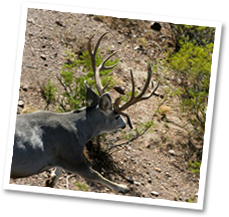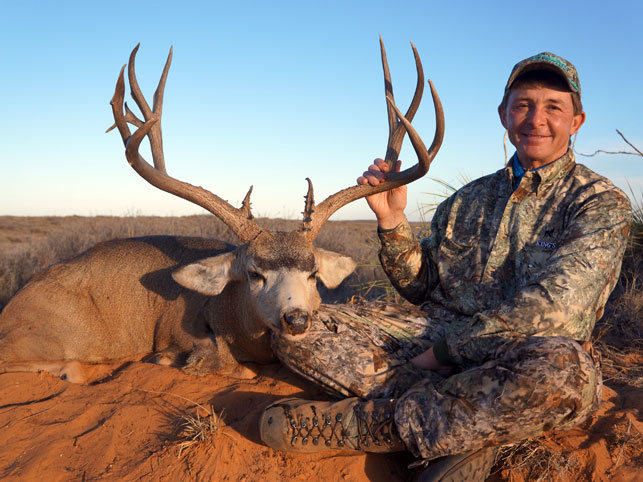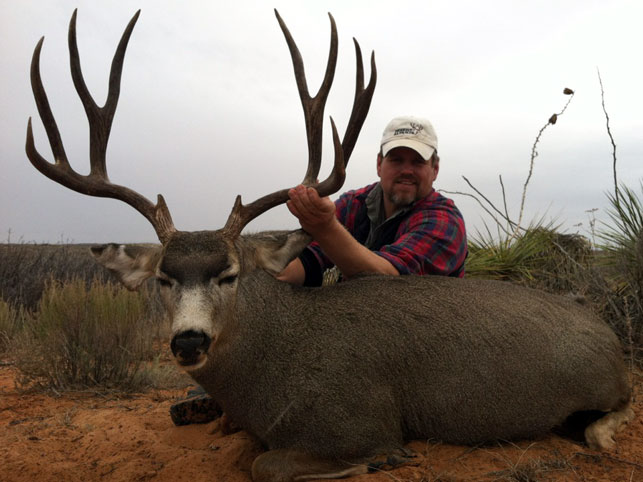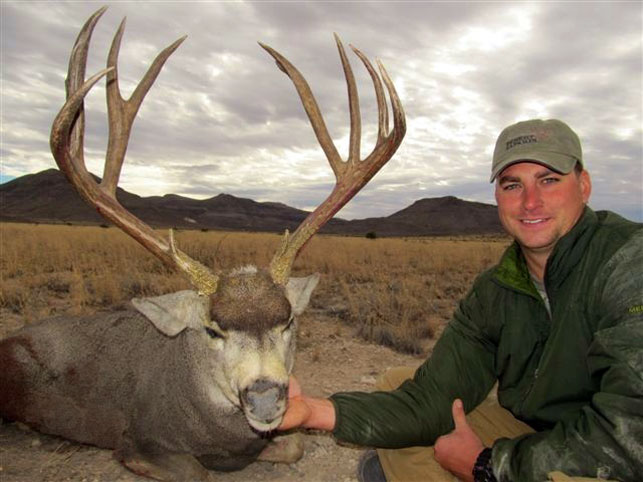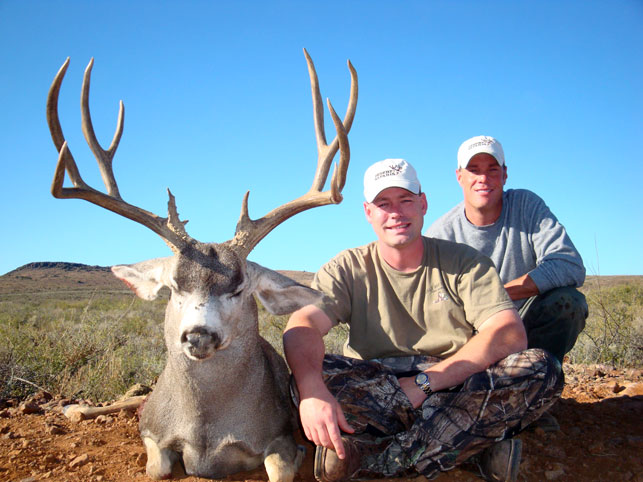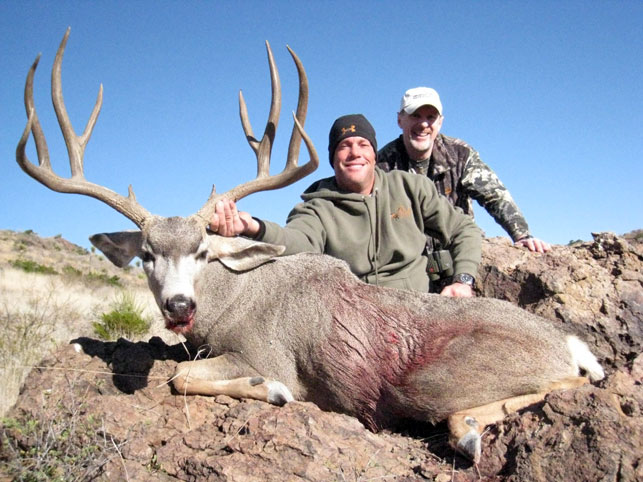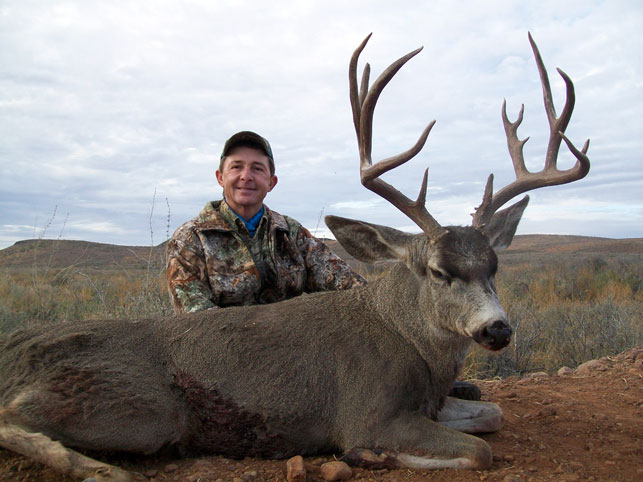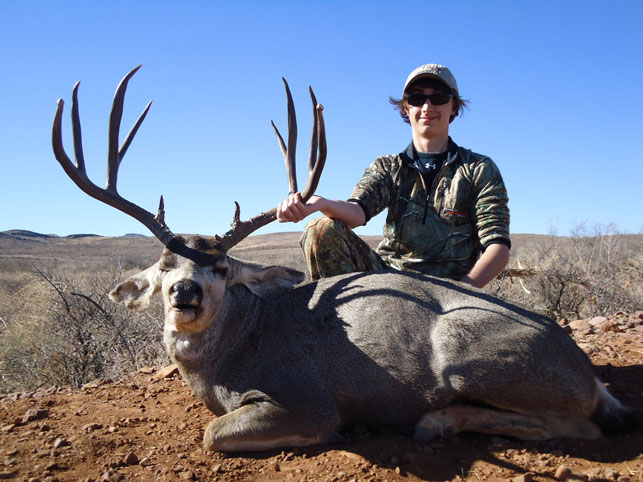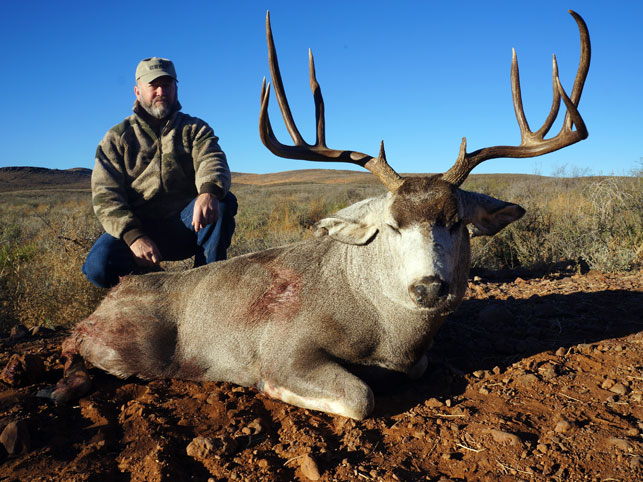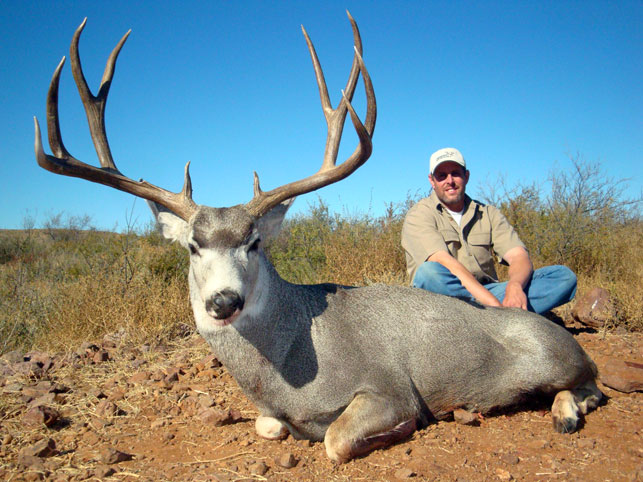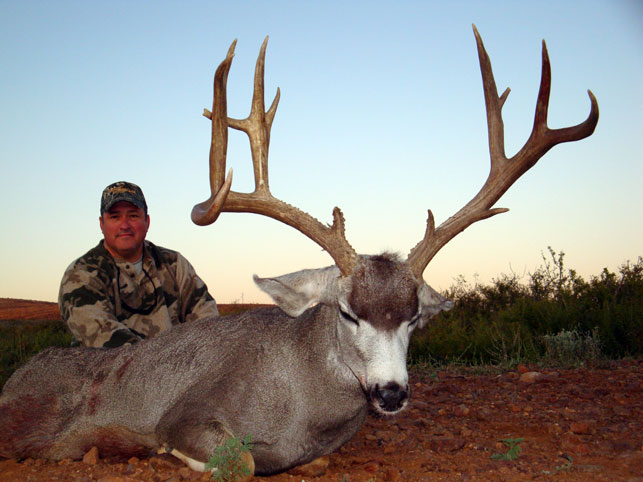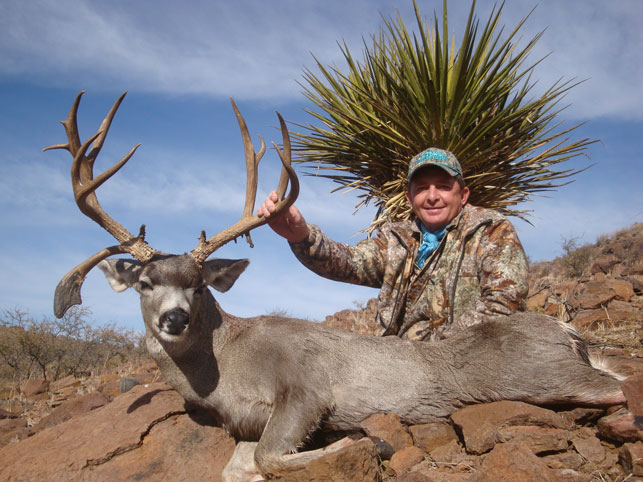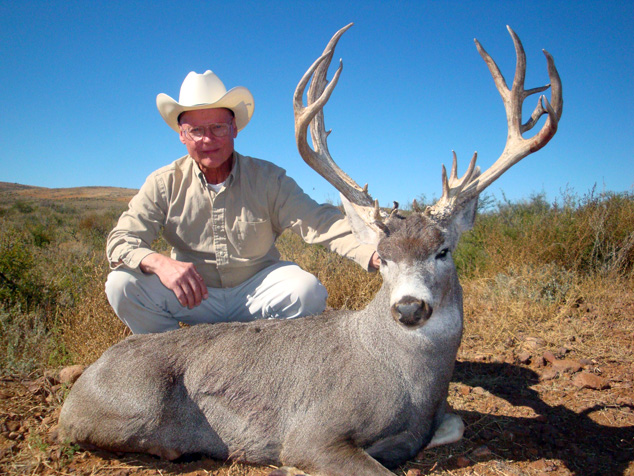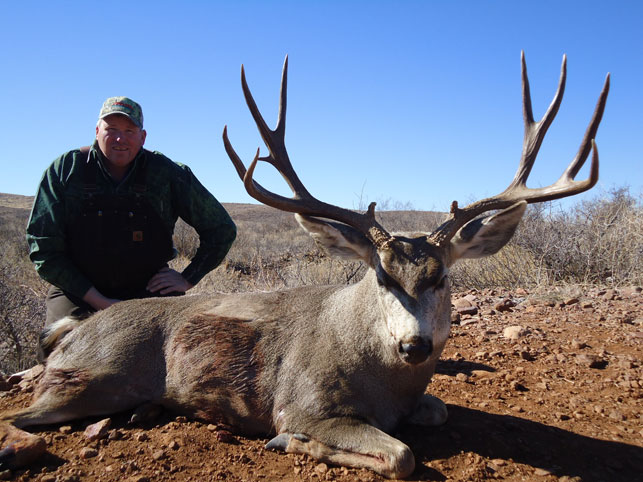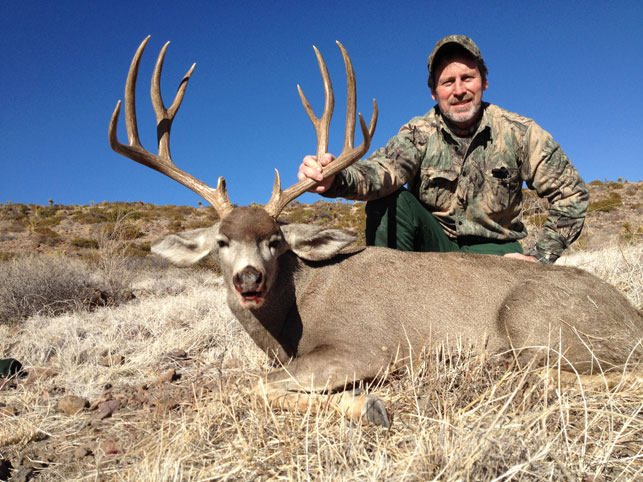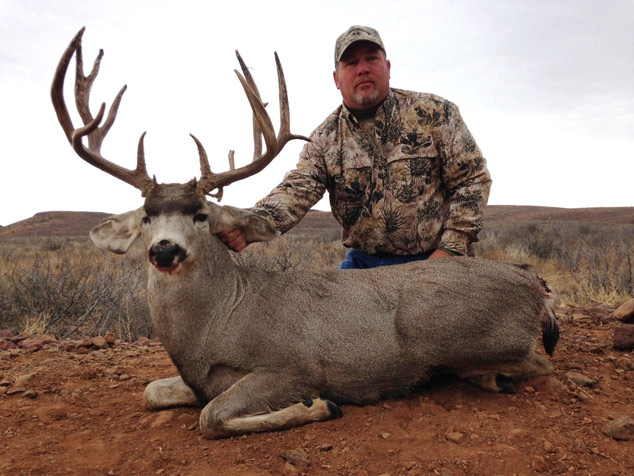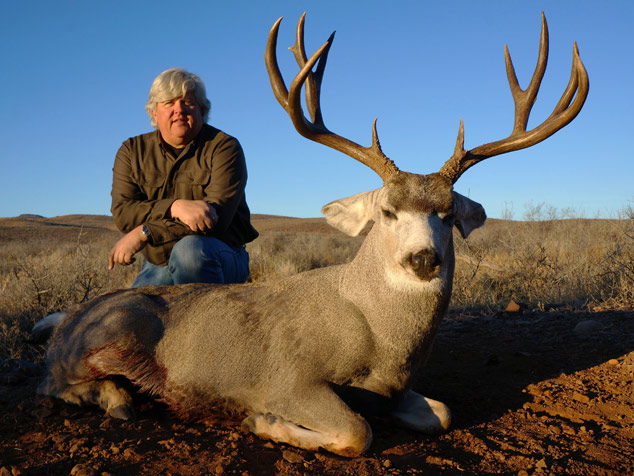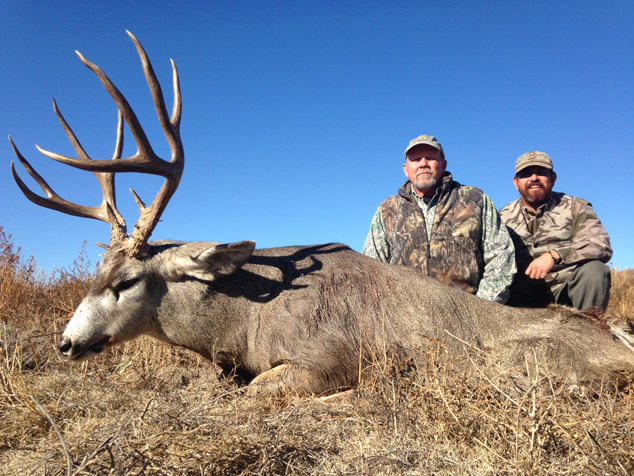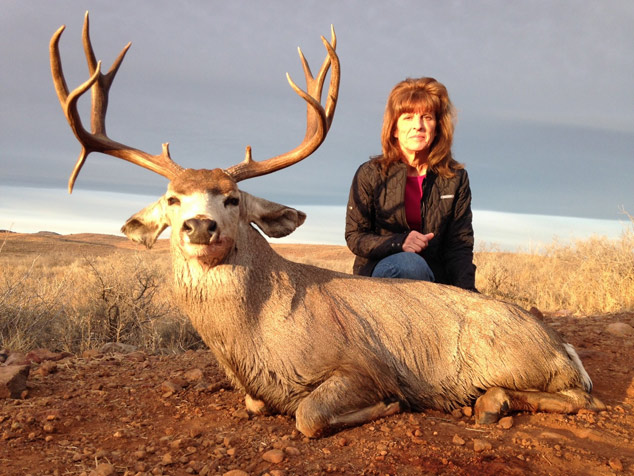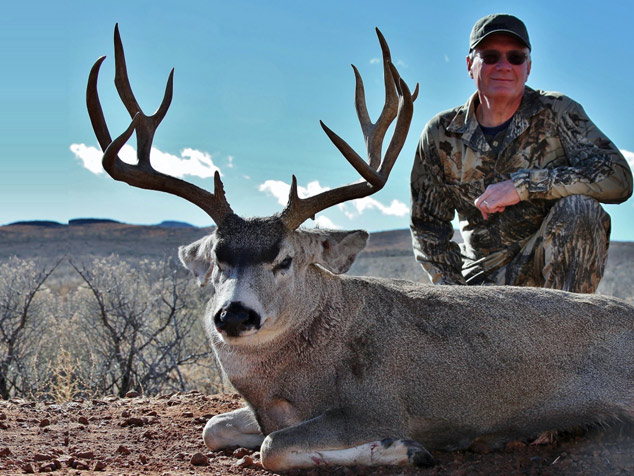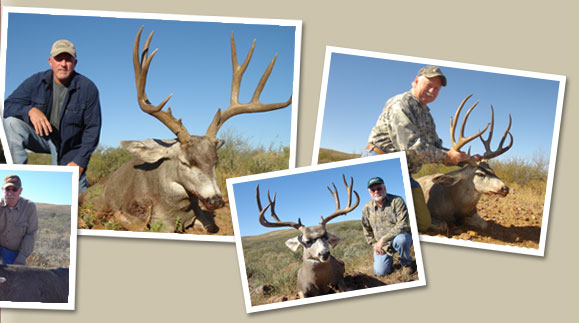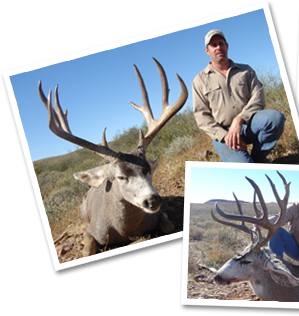Texas Mule Deer Hunting: A Background
For many hunters in America, and particularly Texas, mule deer hunting is like a holy grail. Why? For one, it has been said that a true trophy mule deer is one of the most difficult trophies in North America. Texas mule deer hunting isn’t so easy, because there are very few hunts available in the state. Of those that are available, the mule deer population tends to be of a breed with excellent genetics and higher-quality nutrition.
Mule deer in Texas are also of particular trophy quality, when one notices that over a considerable geographic portion of the species’ range, such as Colorado and Utah, snow and ice cover many of their regular food sources in the winter, and any of the food that is normally accessible to them grows more slowly. Because their ability to find food is thus challenged in the winter season, the deer's metabolism slows considerably, and individuals become less active. They, like any animal, are not as able to survive in an environment with less food. Because the climate is more forgiving in Texas than in regions like Utah, Colorado, Idaho, and Alberta, Canada (where larger populations of mule deer tend to range), higher-quality food is much more accessible throughout the season’s for mule deer in Texas than it is in the less temperate regions of their range. And this translates to higher-quality deer for the lover of Texas mule deer hunting.
What things should one know about Texas Mule Deer?
For one, the mule deer is moderately large. They have large ears, and a distinguishing black-tipped tail. Their antlers, which fork out as they grow, are restricted almost entirely to males (bucks). As for weight, bucks normally weigh 120–330 pounds, averaging around 200. Some trophy specimens have even weighed up to 460 pounds. Female mule deer (does) are smaller and usually weigh 95-200 pounds, with an average of around 150.
Texas Mule Deer are notable in their high-bounding gait, in which all four of their feet come down together at once. Being at their best in broken rough country they can reach speeds of 30 km per hour for lengths of time.
For those new to Texas mule deer hunting, it helps to also know that mule deer detect danger primarily by their sense of smell. Objects that are stationary are normally overlooked, but Texas Mule Deer are quick to detect any in motion. Mule Deer will feed early mornings before the sun rises, or in the evenings after sunset. Texas Mule Deer will spend the daytime hours bedded in cooler, secluded sanctuaries. Big Mule Deer Bucks seek rocky rim rocks and ridges for bedding, here they feel more secure. Does are more likely to seek their bedding in more open areas.
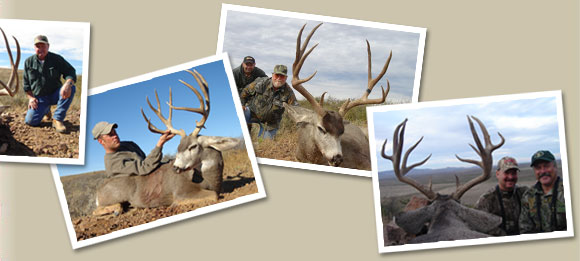
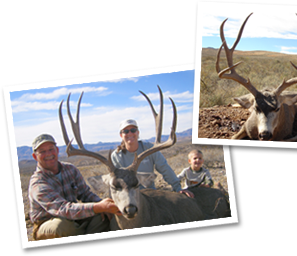
What Else Should Mule Deer Hunters in Texas Know?
Being nocturnal, most bucks only come out in the open at night. About one hour before daylight, they aren’t far from where they want to lie down. They watch, smell, and listen for hunters. To beat them at their own game, it is best to be positioned so that it is easy to catch them slipping into their bedding areas at first hint of dawn.
It is also important to keep in mind that tracks are always the main focus in a new hunting area. Deer are there if the tracks are. Follow them, and once you have found the level the deer is on, stay on track, and hunt hard.
There are also regulations for Texas mule deer hunting to be aware of. The Texas Parks and Wildlife Department (TPWD) has regulations concerning permits to Trap, Transport, and Transplant Game Animals and Game Birds as they pertain to mule deer, for the purposes of wildlife management. For all seasons combined, the annual bag limit is two mule deer, with no more than one being a buck.
Antlers are required to be removed from all antlered deer that are relocated.
Texas Mule Deer Hunters need to be aware of transport rules for harvested Mule Deer. Deer need to be tagged and proof of the deer’s sex must accompany the deer while being transported to final destination.
Texas Mule Deer Hunters can remove the hide and quarter their deer for transport as long as proof of deer’s sex is maintained.
The deer’s 4 quarters and 2 backstraps are the only portions of the deer that Texas Law requires be kept in edible conditions.
It should also be noted that mule deer in Texas may only be relocated between October 1 and March 31.



